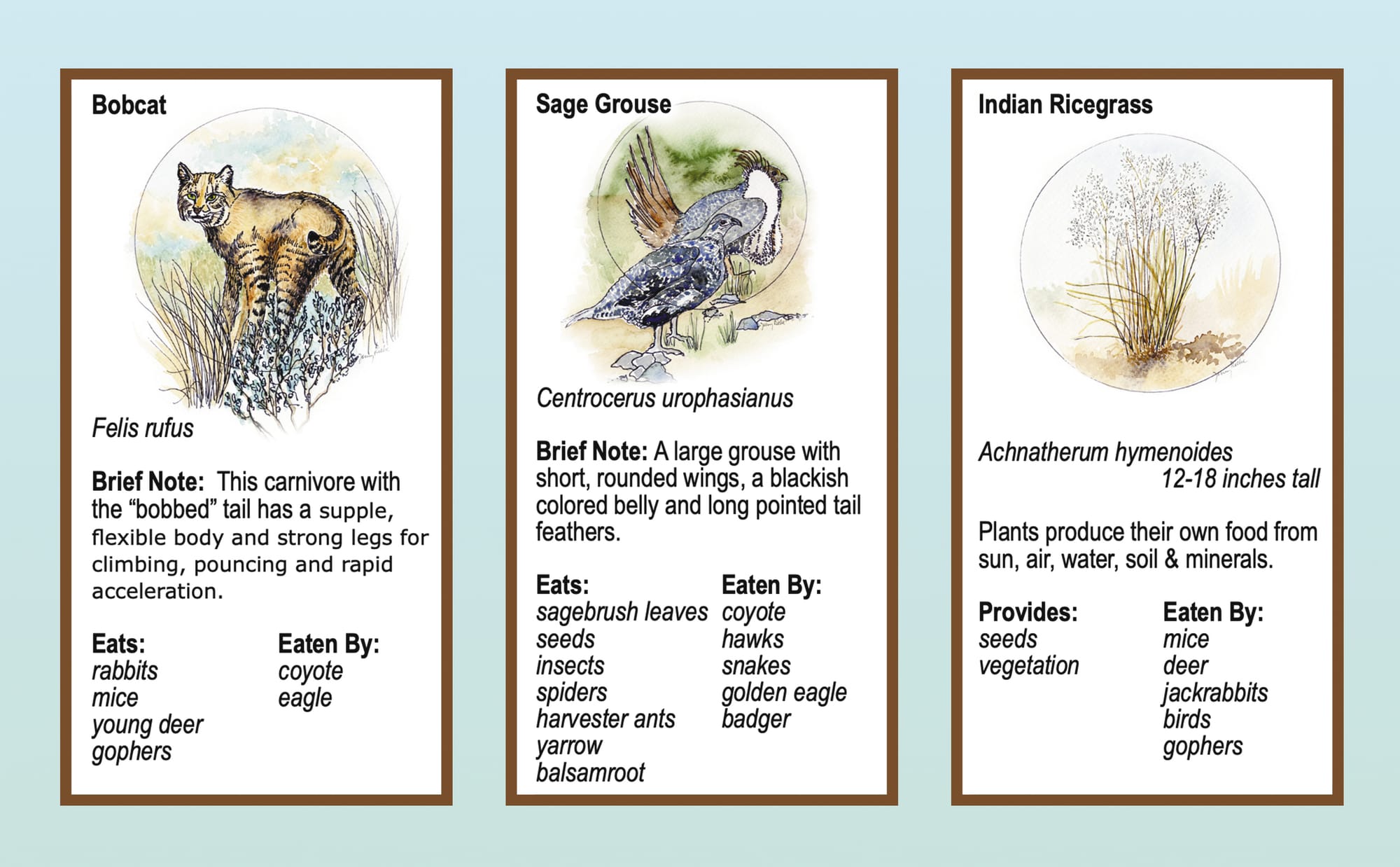Illustrations by Jenny Rieke
This month, we have offerings from a number of community members.
Two shrub steppe dreams
by Miguel Symonds Orr (they/he)
The following two passages are quoted from my dream journal (with some minor edits).
4-16-2022
Biking in Prosser, I pass yards near my house with large bushes and shrub steppe plant-filled rain gardens. I embrace my mom and almost cry, seeing my dreams realized.
9-9-2023
I am walking around an Eastern Washington town — the sidewalk is right by the road; there is no shade, only dirt lots. I am far from anything resembling a ‘downtown’. I wander between three box stores where there is a patch of shrub steppe, mostly weedy with some sagebrush, and feel a sense of loss.
These two dreams reflect my inner emotions around two visions of how we relate to the shrub steppe within residential/suburban environments. The first is the growing movement toward ecological restoration and reconnection in the shrub steppe, reflected in so many passionate and inspired people profiled in Boots in the Basin. The second reflects the norm we see all around us in this region — landscapes which are defoliated and degraded, turned into places of commerce with no respect or understanding for the vibrant ecology of this place.
What undergirds the tendency to displace and destroy the vibrancy of the shrub steppe? Clearly, part of the answer is expedience. It may be easier and seen as more profitable to bulldoze rather than work with the existing context of our habitat when building homes or a shopping district. Another part of the answer may have to do with our dreams — with the visions we have for the world around us and how those dreams shape our reality.
Perhaps fear of the unknown and disparaging ideas of the shrub steppe (such as thinking of it as nothing but a weedy wasteland) motivate people to displace it. The dream of commerce in our nation is tied to ideas of fitting in or standing out only through one’s exceptional adherence to cultural norms of wealth acquisition and status, such as brand new cars and trucks or a tidy, green lawn. This vision of American suburban success is nationwide and has no allegiance to the specificity of any place. In our region, it turns the dreams of dryland-dwelling beings to dust.
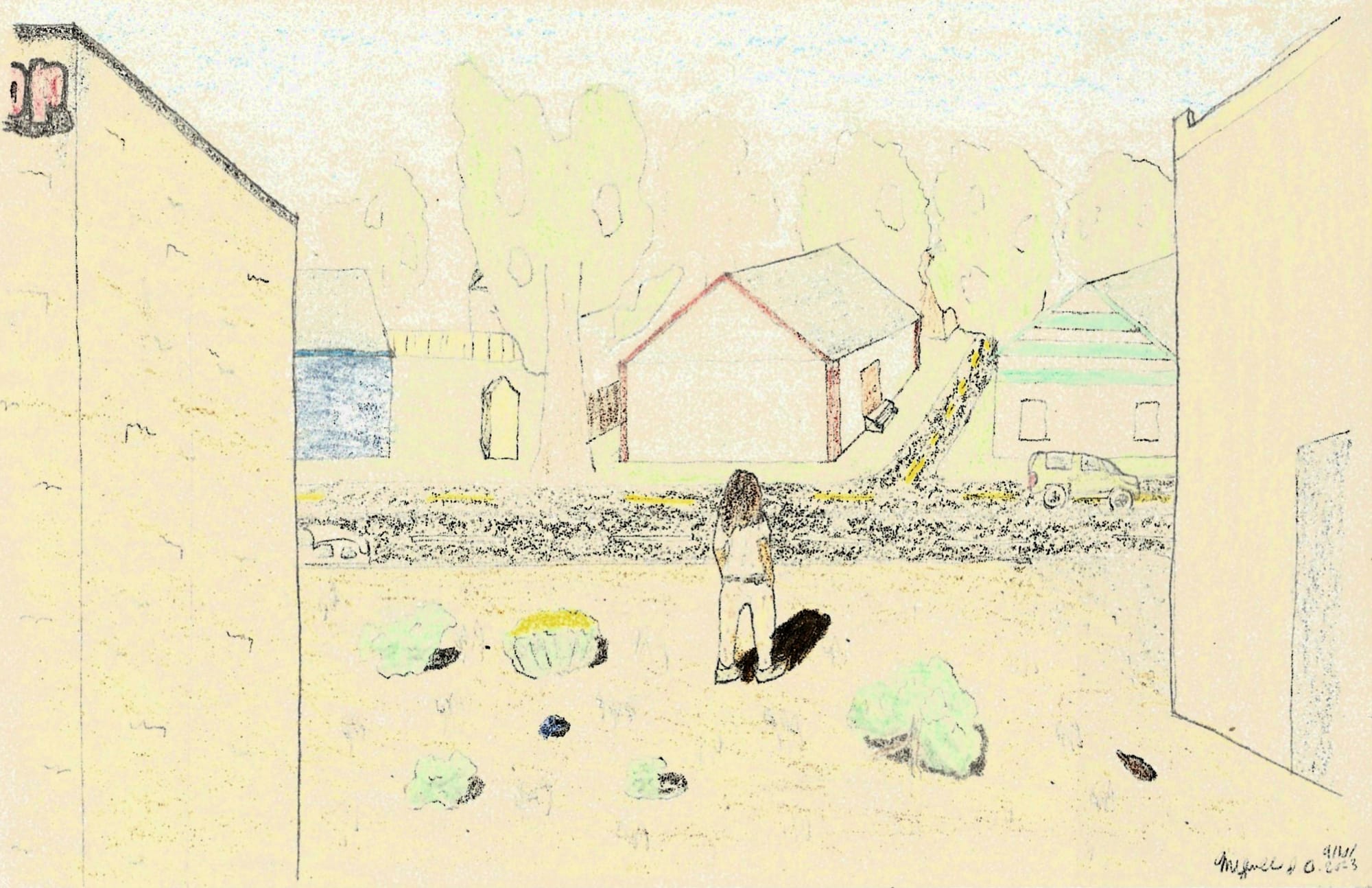
I was struck by the emotion of the dream dated 9/9/2023 and sketched it out in colored pencil. Of course, I was also moved by the other dream I included here — I felt affirmed seeing that my vision for dryland ecology integrated into ‘developed’ spaces had been realized. That dream is one I am seeing actualized as I work with my family to plant native gardens throughout Prosser.
To curb habitat loss, I believe we have to build a regional identity that is separate from the no-place suburban American dream that has a grip on the development patterns of our region. Through art and action, we can cultivate respect and admiration for the shrub steppe, creating a cultural vision of ecological interconnectedness that we can actualize together.
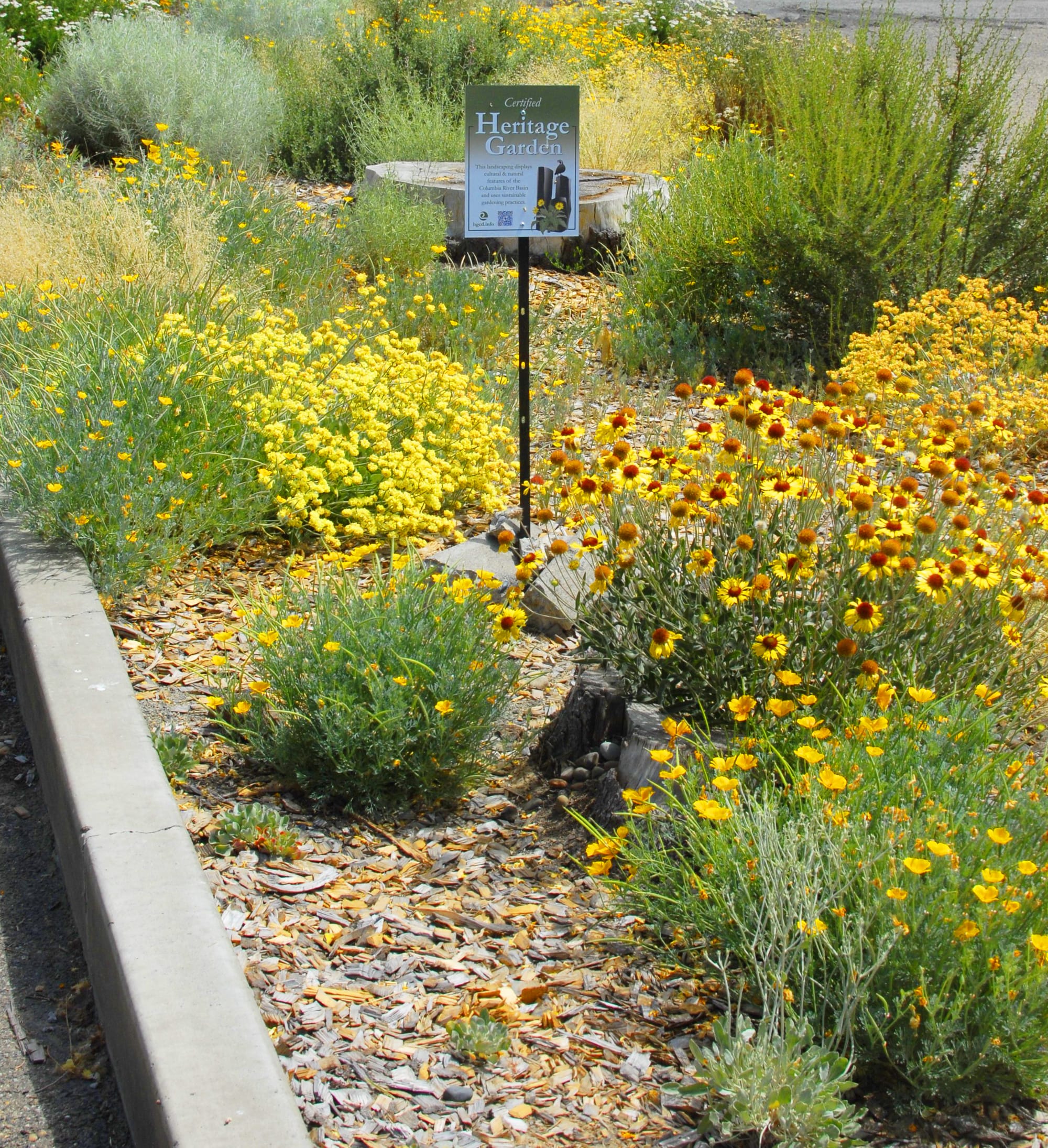
Miguel Symonds Orr is a landscape designer with a passion for integrating shrub steppe ecology into urban and suburban landscapes. Their design work and writing can be found at woollypoddesign.com, while their hot takes can be found at @woollypoddesign on Instagram.
Spider Force
by Mickie Chamness
I captured this image in late winter after a cold rain.
There was lots of moisture in the air.
Observing lichens and mosses as they plumped up
to reveal their full color and texture in such cool moist weather,
I found what I thought were bubbles, but they weren’t moving.
They seemed to be floating just above the ground.
I finally realized they were droplets of water that had probably condensed out of the air onto an invisible spider web.
People worry a lot about spiders,
but they do much good, rarely harming people.
Their webs are beautiful in and of themselves.
Paired with other natural phenomena, they can create complex things of beauty.
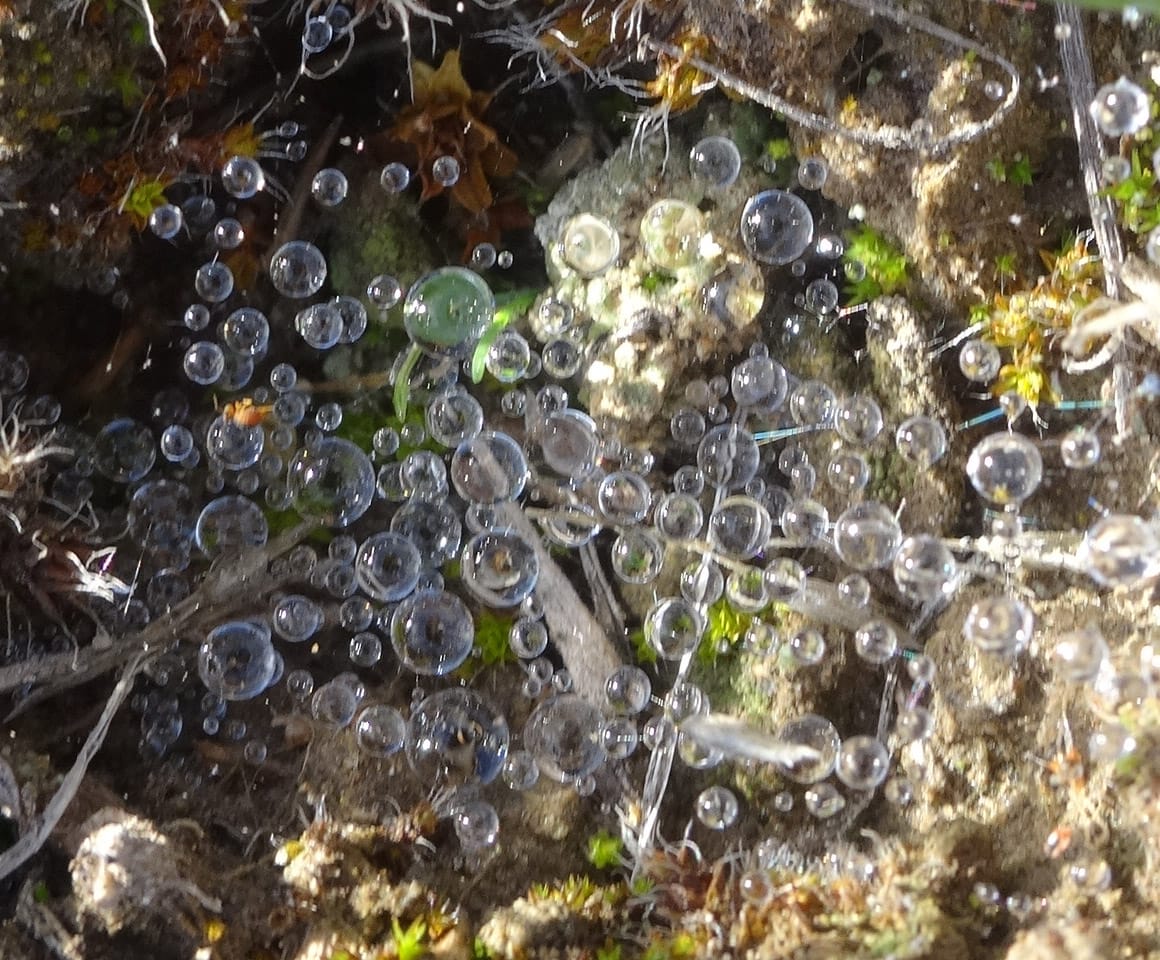
Apply for a conservation grant
by Mickie Chamness
Columbia Basin Chapter WA Native Plant Society (CBWNPS) has funds for grants that help promote appreciation and conservation of local native plants and habitats. If you have a project for a school or other project area that helps restore, conserve or study natural areas or native species, you can find the application form at https://www.cbwnps.org/projectsresources
Keep toxics out of the trash. Bring it in!
by Jenni H, Sustainable Tri-Cities
Kennewick has now a Moderate Risk Waste Facility where residents of Benton County can drop off household hazardous waste items (Franklin County residents, please call 509-547-2088).
Toxic waste will pollute soil and water and endanger human health and the environment when thrown in the trash or poured down the drain. Trashing toxic items also puts municipal waste handlers at risk.
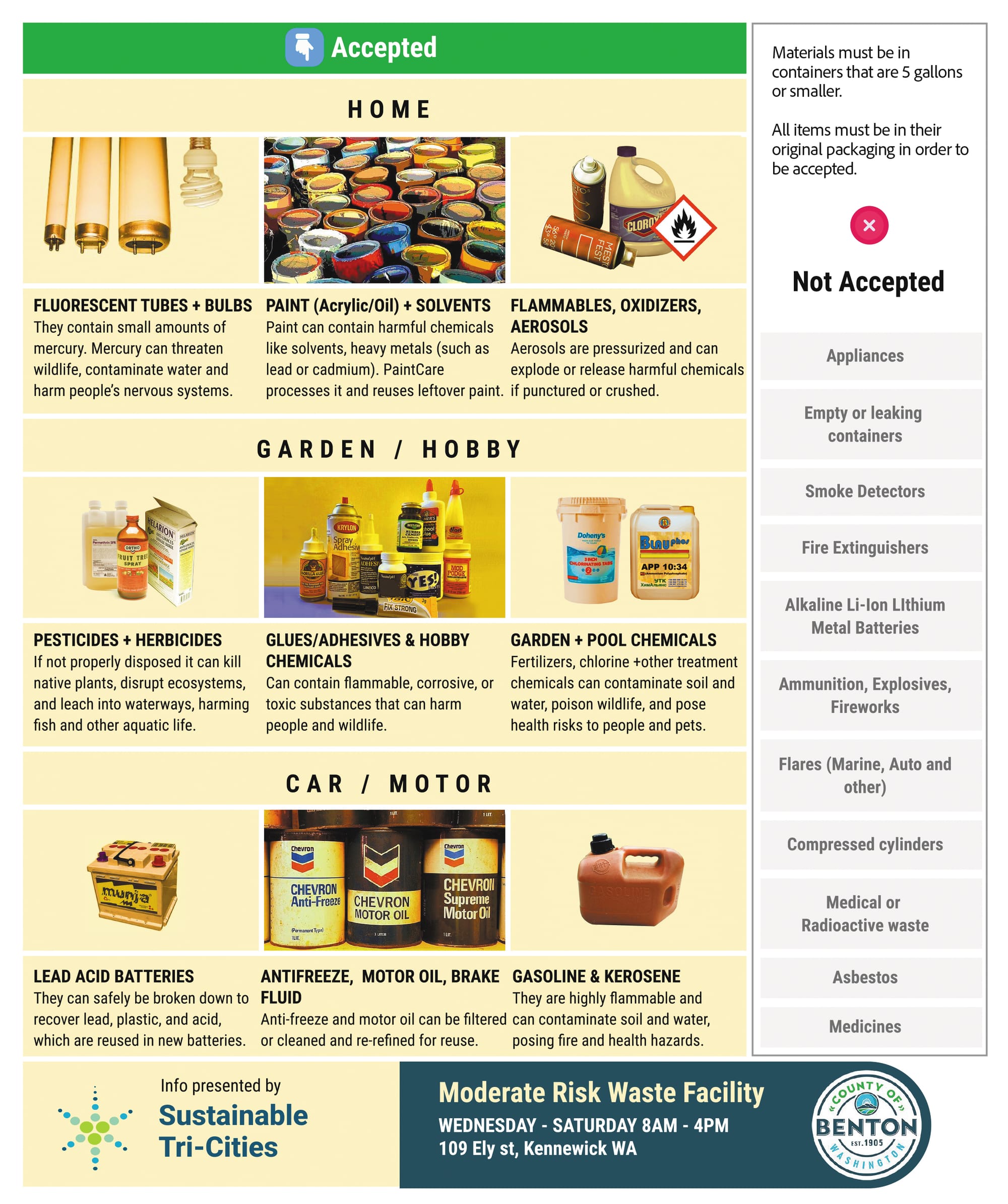
Discover your ticket to adventure
by Lora Rathbone, Sustainable Tri-Cities
Last month, we escaped the Tri-Cities heat for a week in Longbeach. Coastal forest, beaches, and awesome ocean views at nearby Cape Disappointment State Park are a dearly beloved treat. Returning on Highway 12, we visited Packwood and White Pass, stopping at Rainbow Falls State Park on the Chehalis River for a picnic before heading to Ike Kinswa State Park for a swim on the shore of Mayfield Lake.
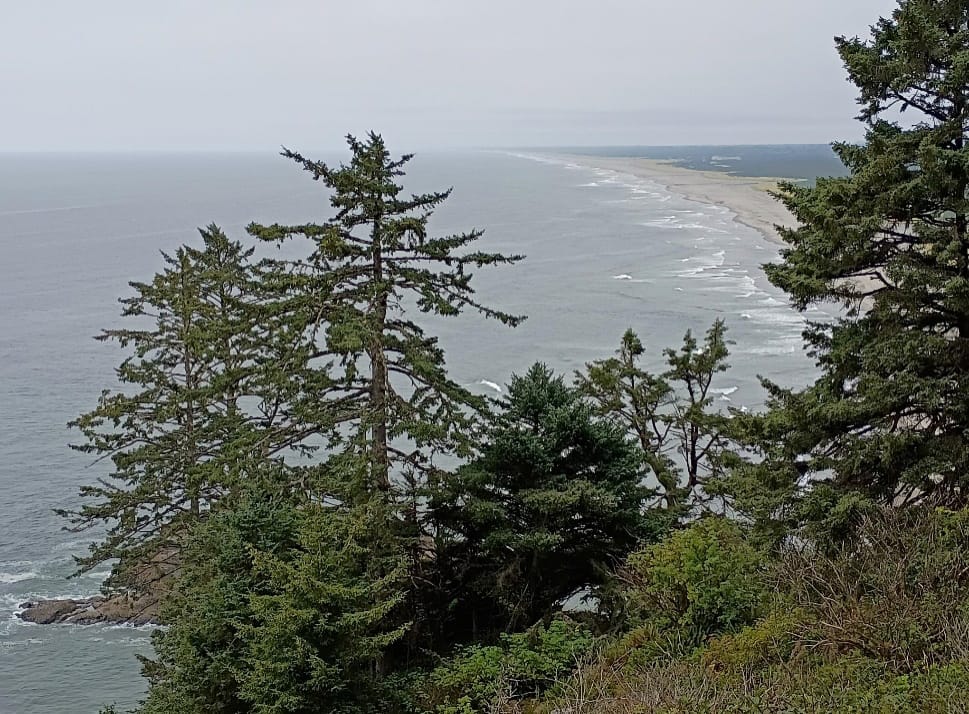
But you need not travel a great distance to enjoy one of Washington State’s great state parks. Sacajawea Historical State Park, a 267-acre day use park, is right here at the confluence of the Snake and Columbia rivers in Pasco. Visitors can picnic beneath mature shade trees, read the seven story circles installed by internationally-renowned artist Maya Lin, and take in the many interpretive displays throughout the park.
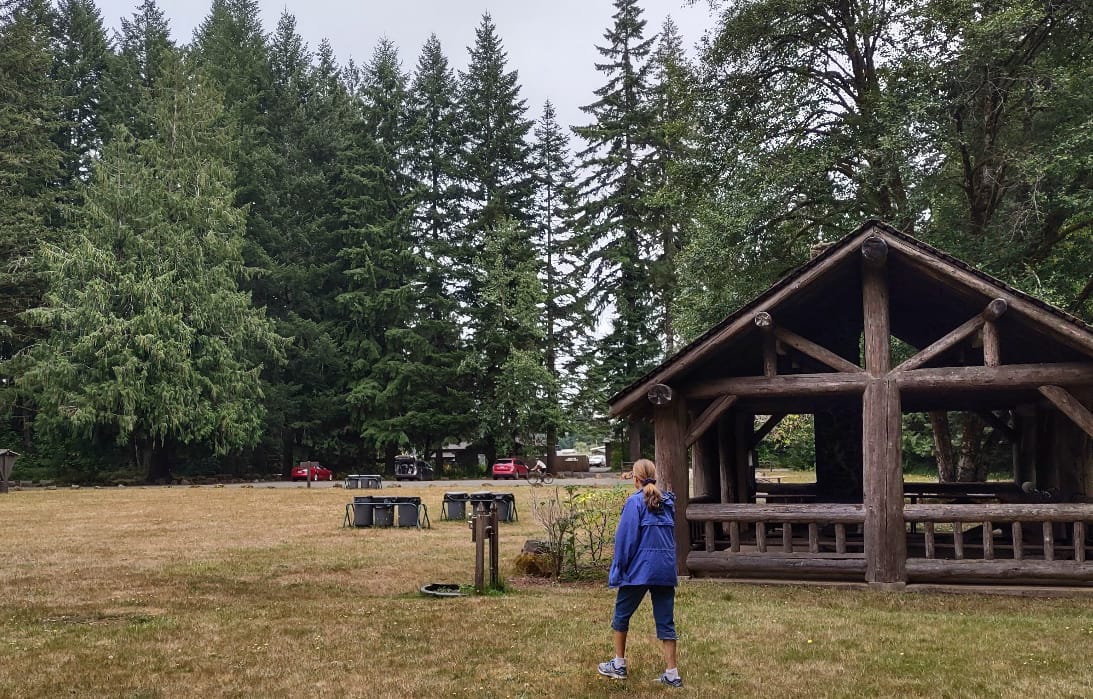
The Interpretive Center features interactive exhibits of the Corps of Discovery, Sacagawea, and Sahaptin-speaking Tribes of the region.
There is still plenty of time this year to enjoy Sacagawea Park before it closes November 1. The Interpretive Center Hours are Wednesday – Sunday 10am – 5pm in the summer, and by appointment in the winter.
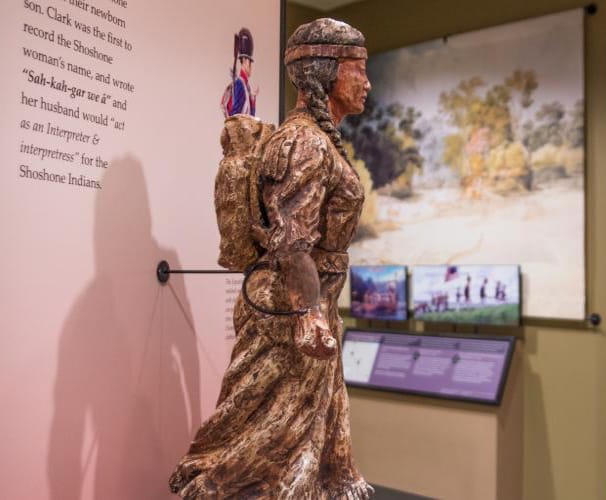
Each state park admission fee is $10, but admission is free with a $45 annual Discover Pass. Washington State Parks also offer several Pass Free Days when a Discover Pass is not required to visit. Indigenous People’s Day is October 13, and the next Pass Free Day is October 10. It would be a great time to visit Sacajawea Park and reflect on the history of this area, appreciate the care others have taken before us, and remember that we all have the responsibility to preserve this land for generations to come.
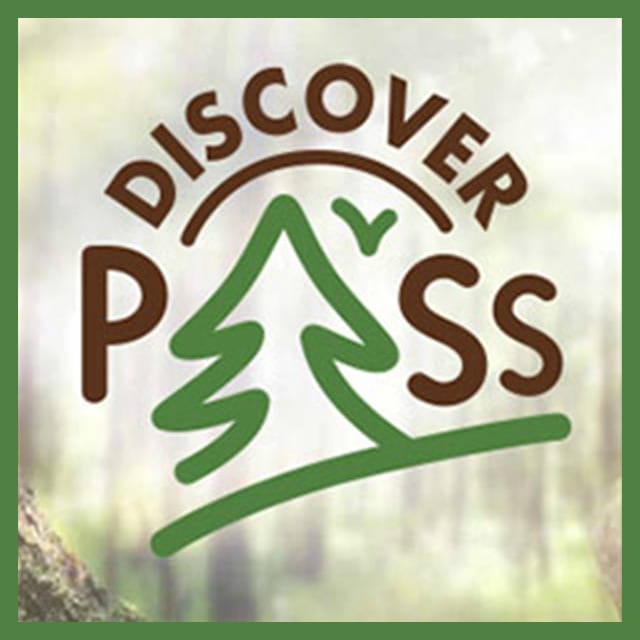
But I highly recommend that you get a Discover Pass!
The Discover Pass gives you unlimited access to millions of acres of land across Washington State.
“Today, when you buy the Discover Pass, you are helping to keep the state’s wonderful outdoor recreation sites open and accessible to the public and preserving public lands for future generations to come.”
— discoverpass.wa.gov
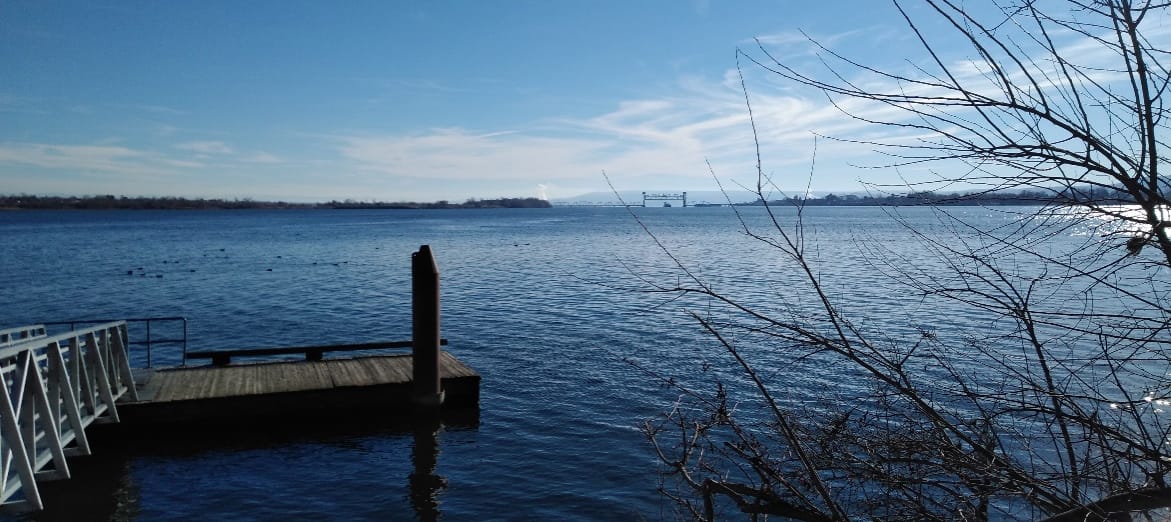
"Home is where the Habitat is"
by The National Association of Conservation Districts
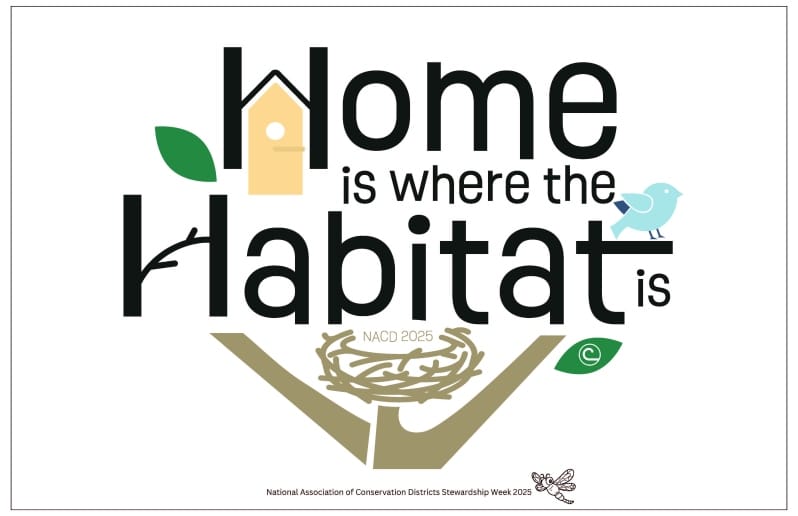
Home is where the Habitat is, our 2025 stewardship theme, highlights the essential role that both natural and managed habitats play in supporting biodiversity and maintaining ecological balance. This theme is more than just a catchy phrase — it’s a reminder that every habitat, from sprawling forests and arid shrub steppe to bustling urban parks and awe-inspiring national parks, contributes to the health of our planet.
HABITATS do more than provide shelter for wildlife; they clean our air and water, prevent erosion, regulate climate, and sustain the ecosystems that make life possible. Whether it’s the wetlands that filter pollutants, grasslands that support pollinators, or the trees in your own backyard, these spaces are vital to both nature and humans.
